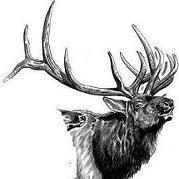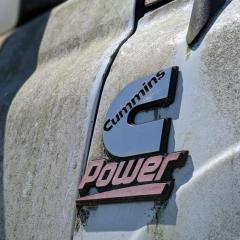- Replies 5
- Views 5k
- Created
- Last Reply
Top Posters In This Topic
-
AH64ID 2 posts
-
Mopar1973Man 1 post
-
That Guy 1 post
-
Tambs 1 post
Popular Days
Most Popular Posts
-
Stock valve spring I'm at 500 HP already. It about Boost pressure and drive pressure when your drive pressures are reaching over 60 PSI you start to blow open the valves. So current the stock springs
-
@Mopar1973Man do you have a drive pressure gauge? Have you dyno’d that rig? 500 to the ground is a HOT tune with that turbo, curious how much your making with it set WFO Most effic
-
@AH64ID Not to hijack, but I have heard that the BB stuff is rather short lived compared to the 200k+ you get from a journal, as well as the difference at pressure, both oil and boost, was negligible.





Getting set to start upgrading my ‘01, including 100hp injectors, head studs, turbo, FASS, clutch, exhaust, exhaust brake, Quad, and gauges. At what point should I consider upgrading to heavier valve springs? I’m targeting around 450-475 whp with the changes I’m making, but at what point should the stock valve springs be updated?
Hope everyone had a very Merry Christmas!